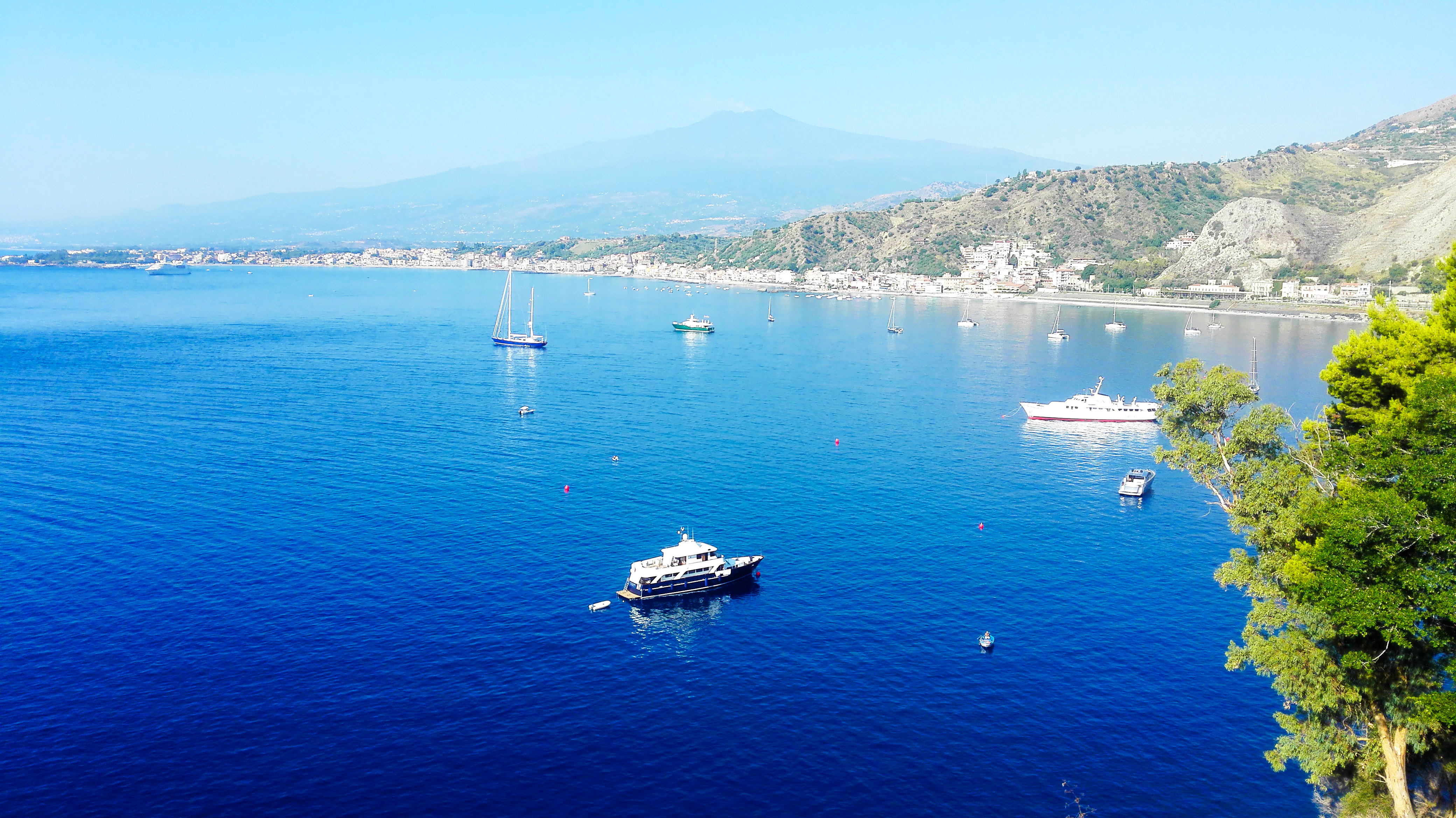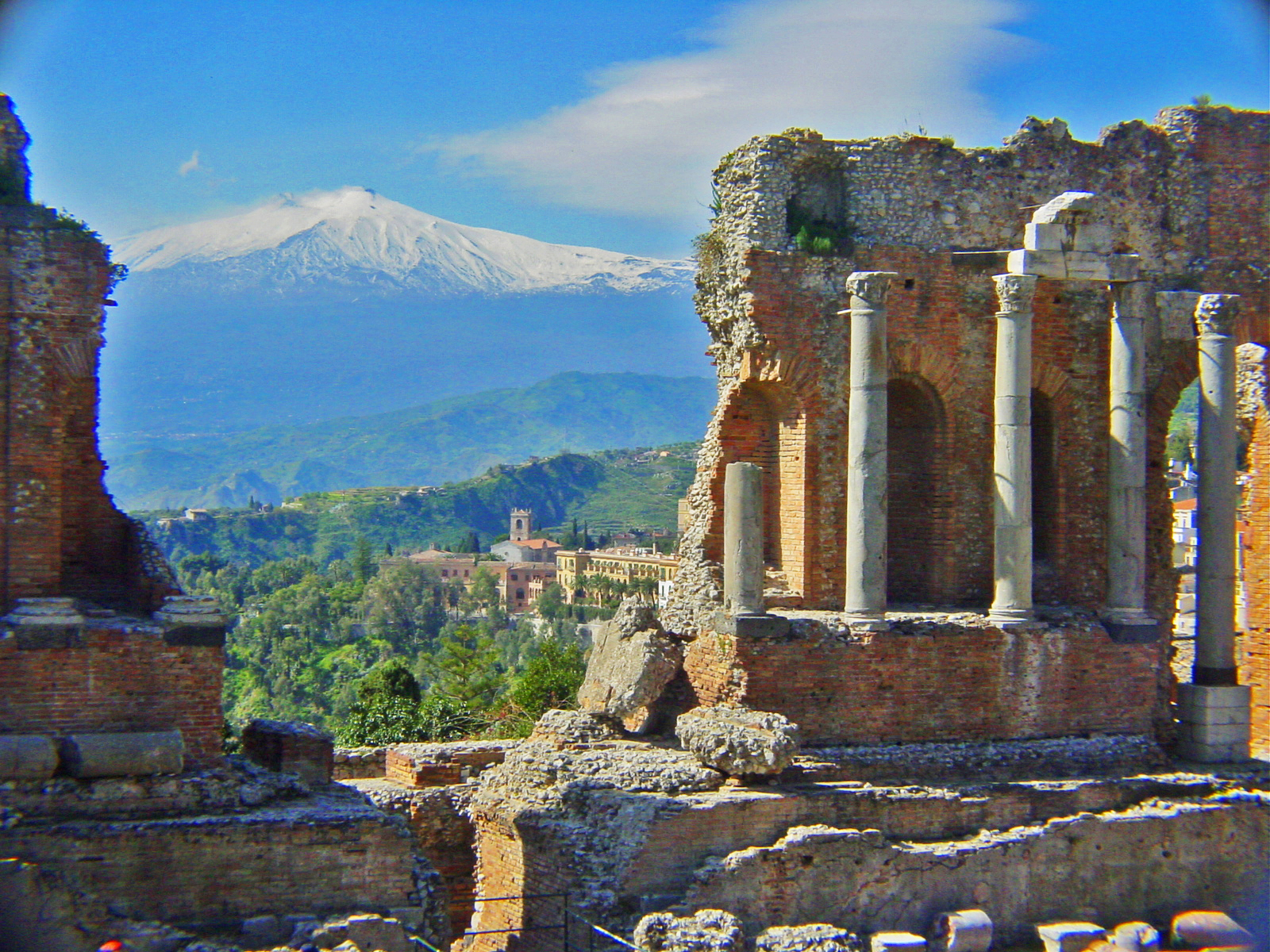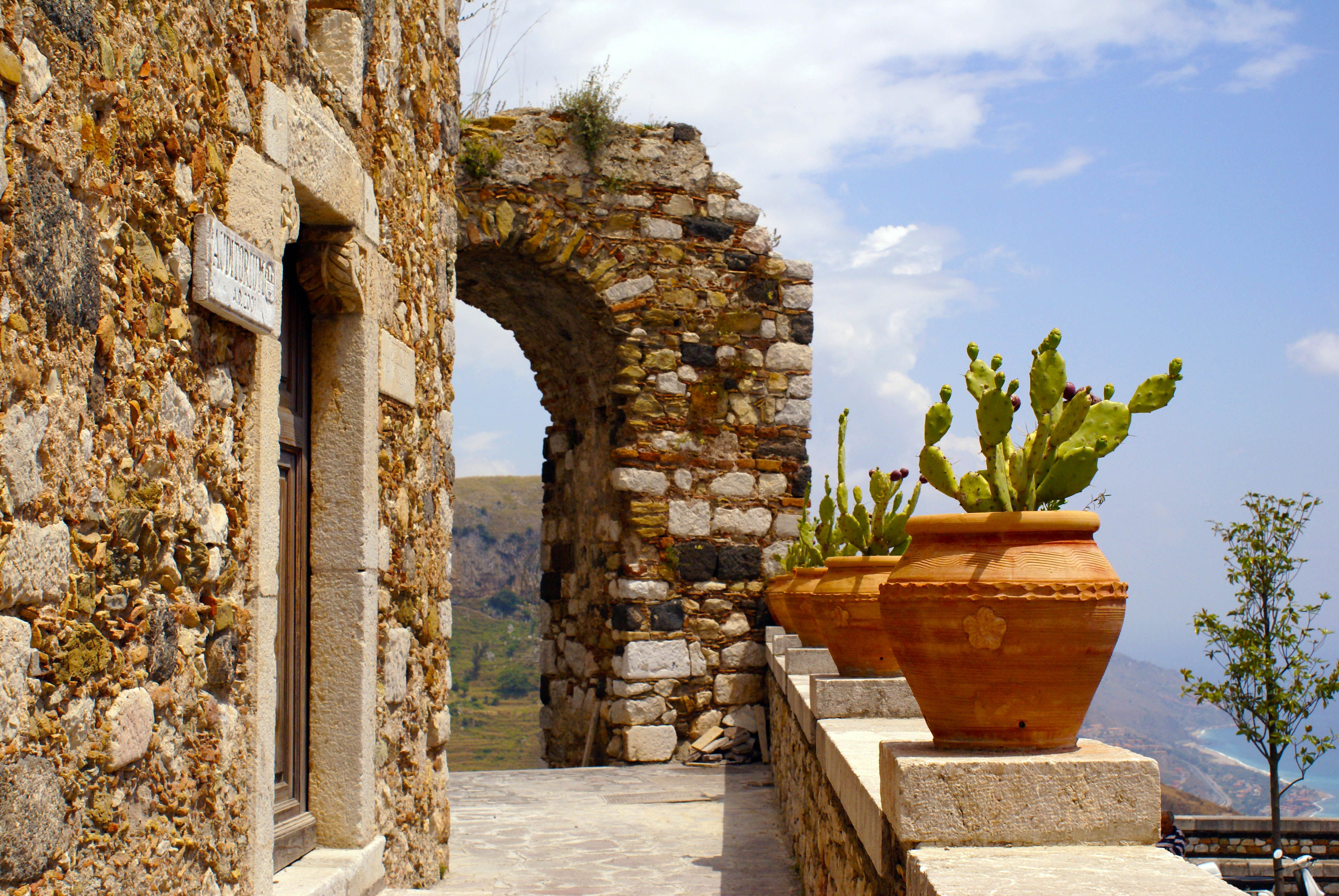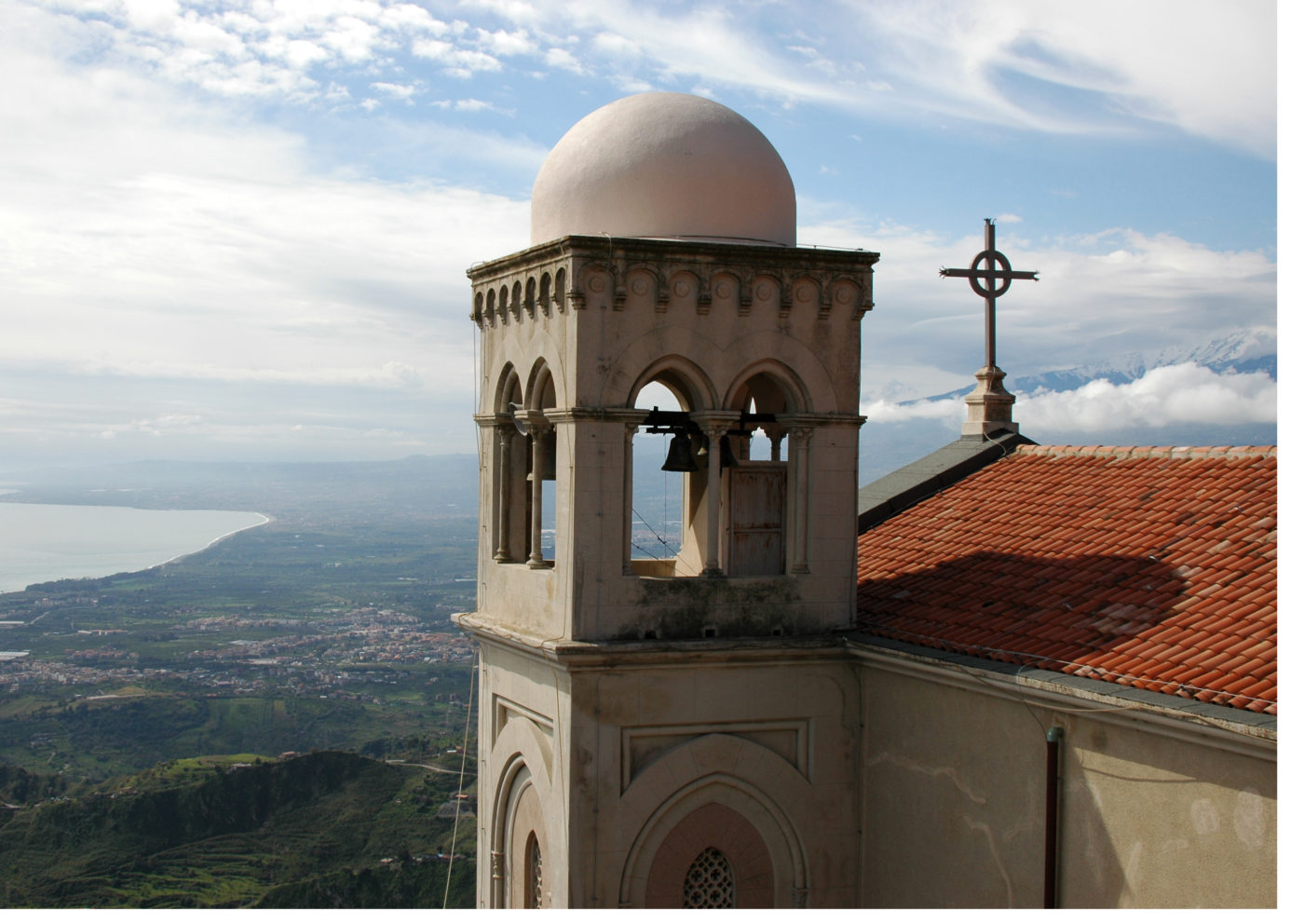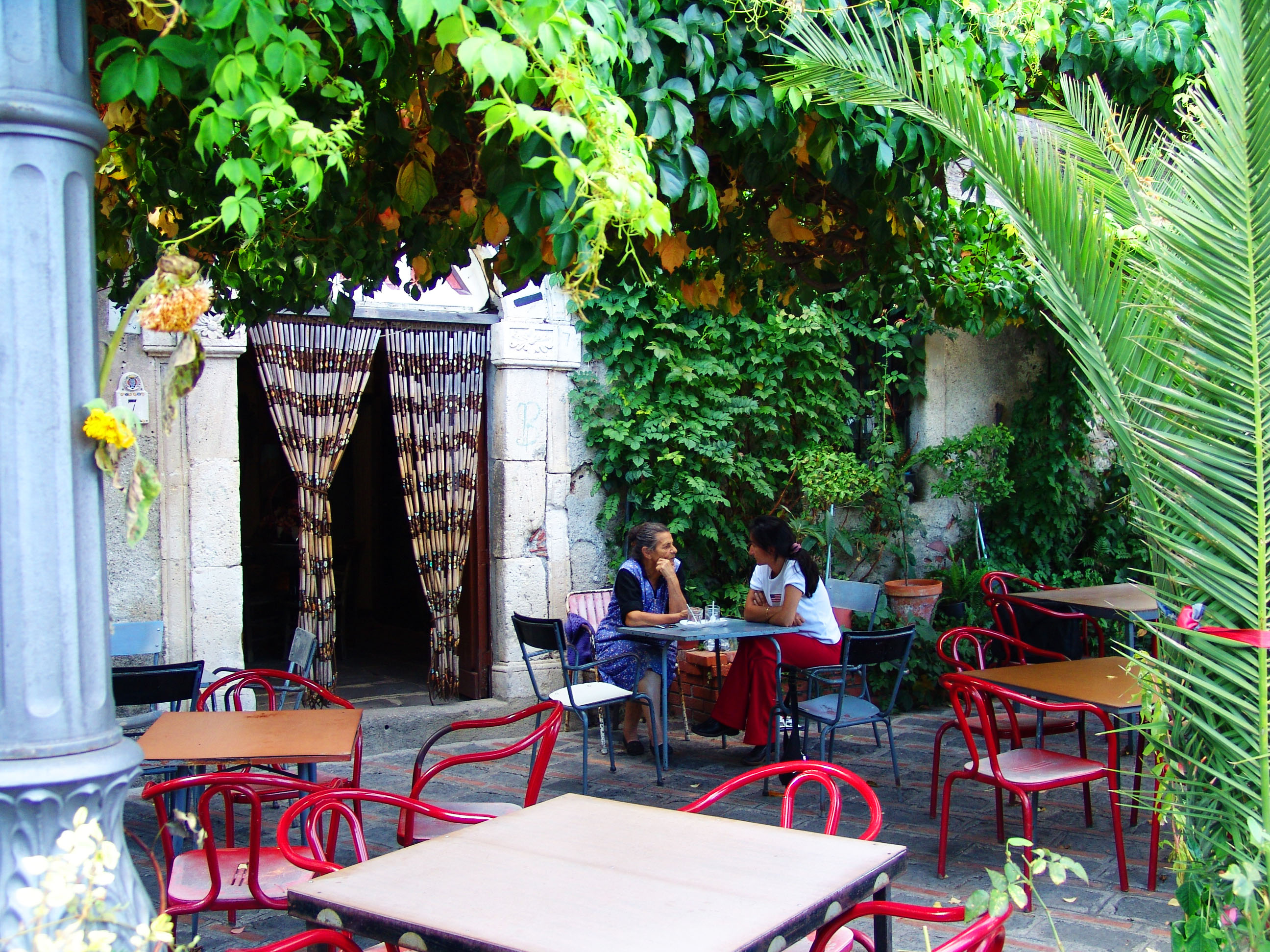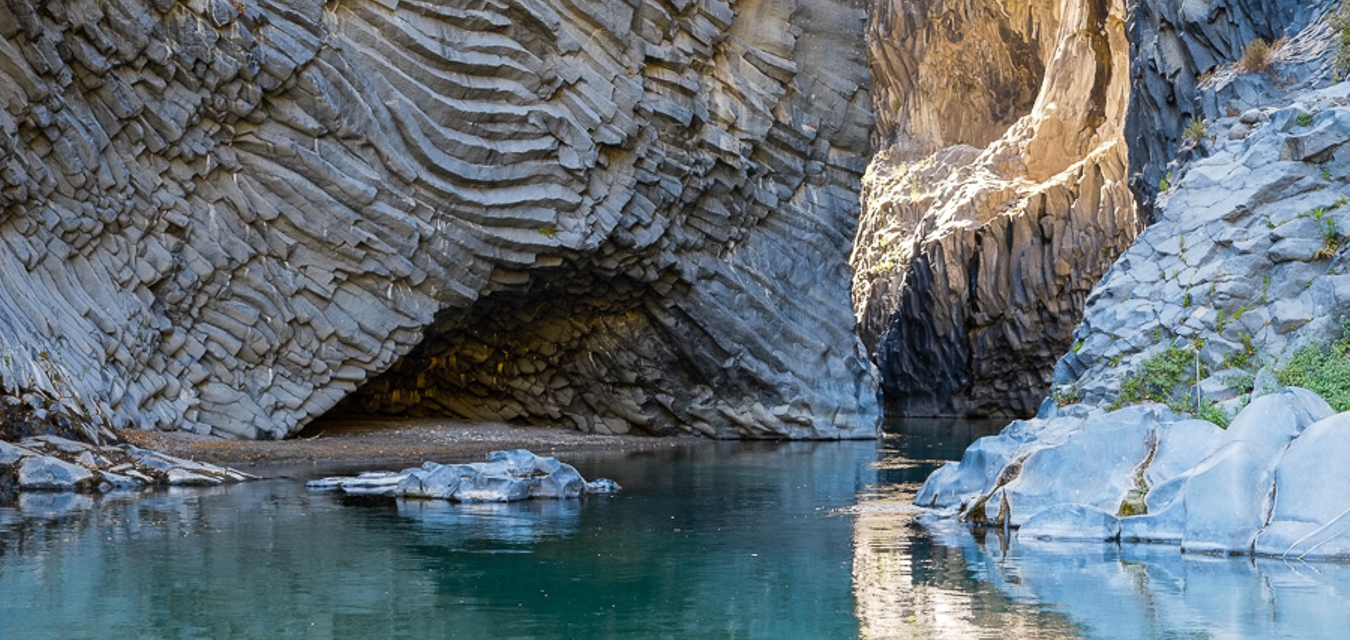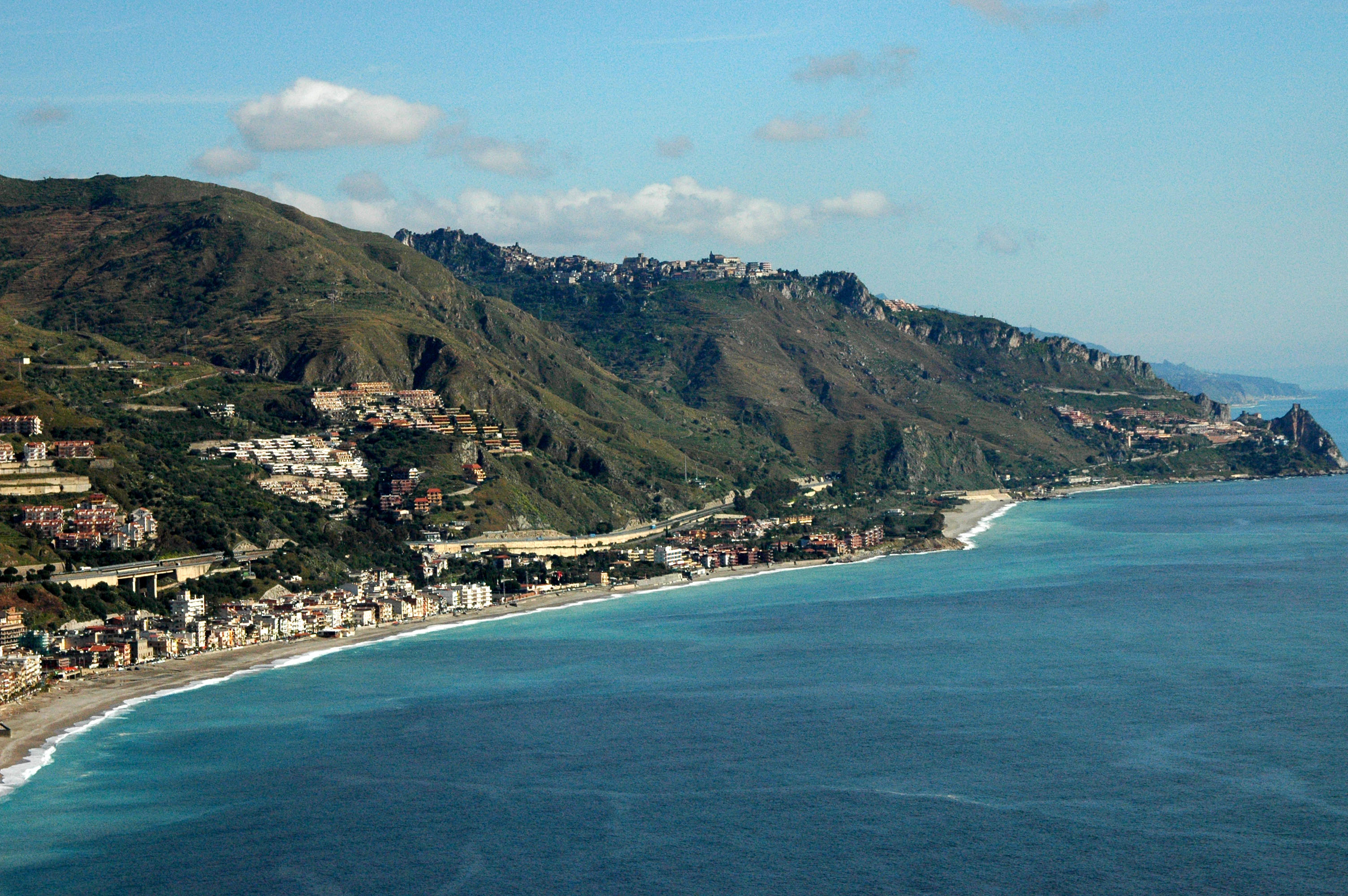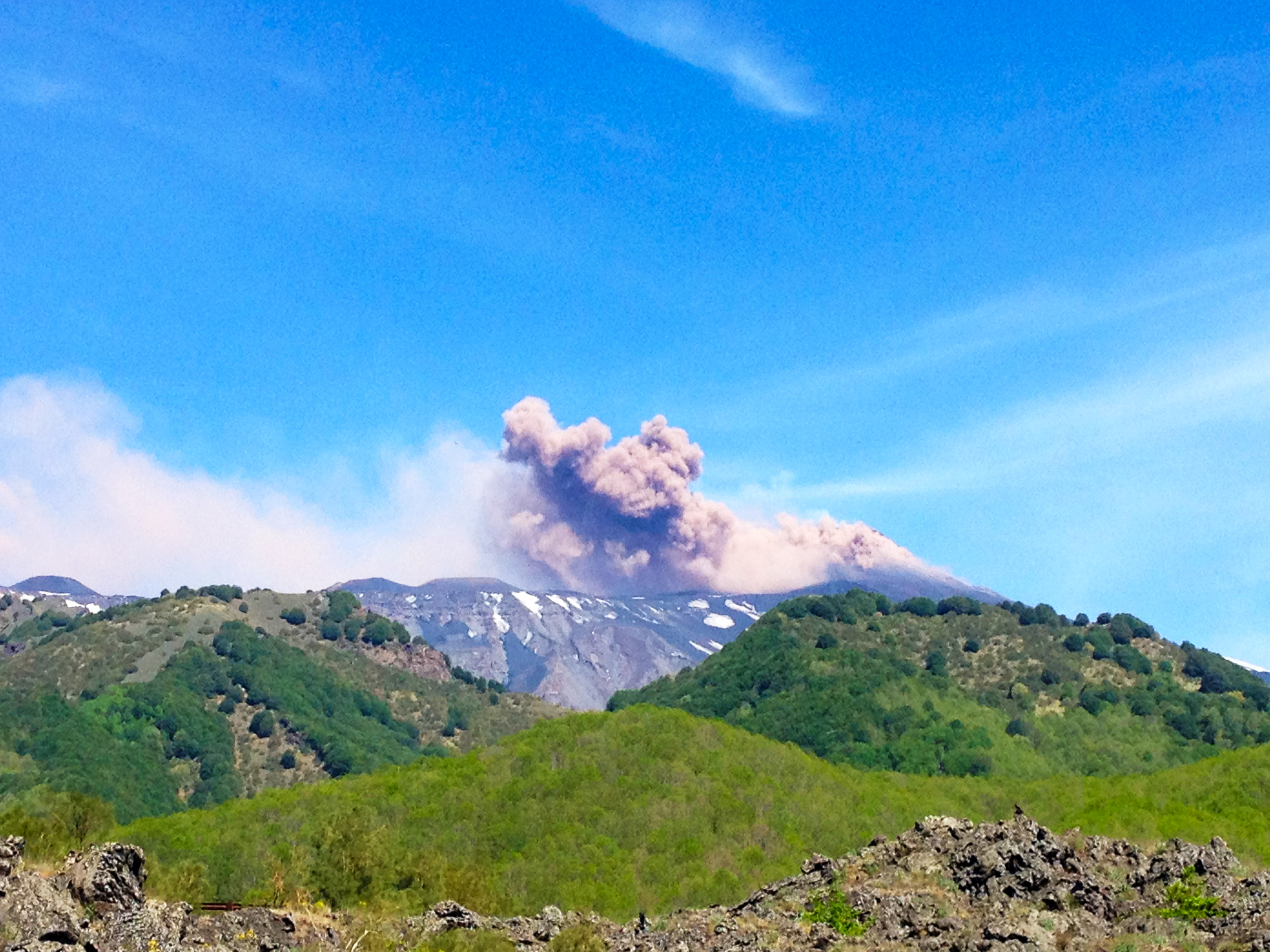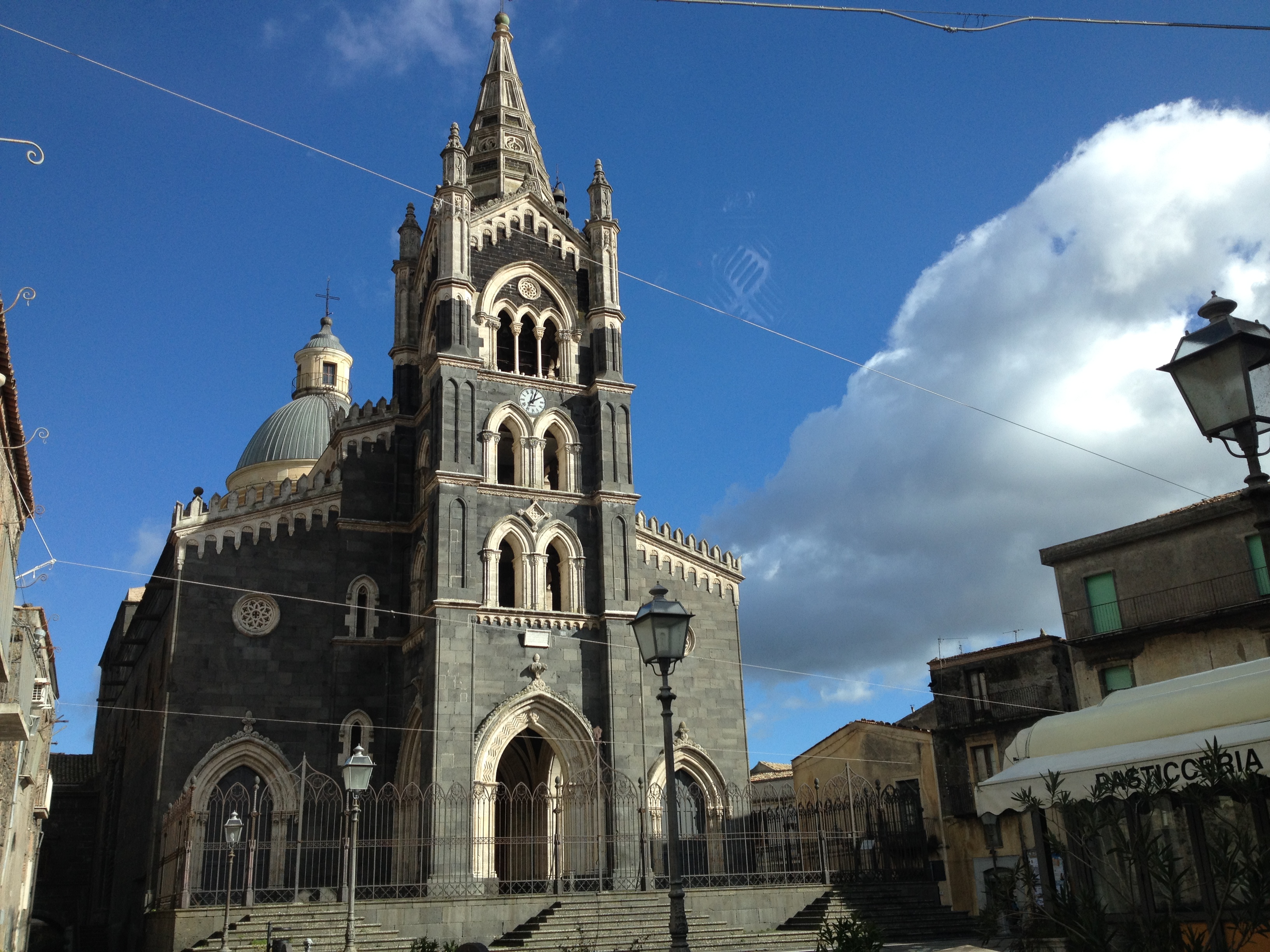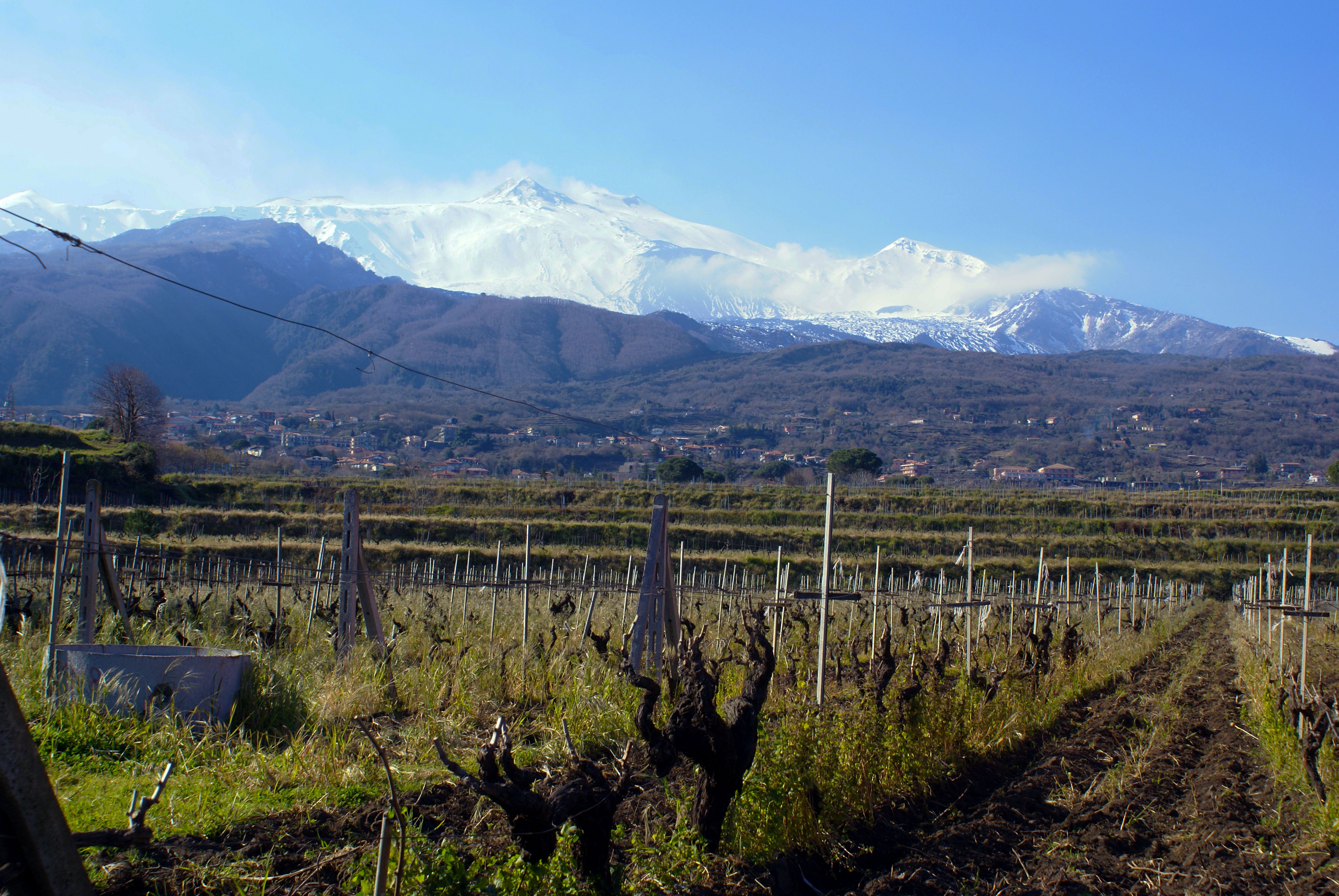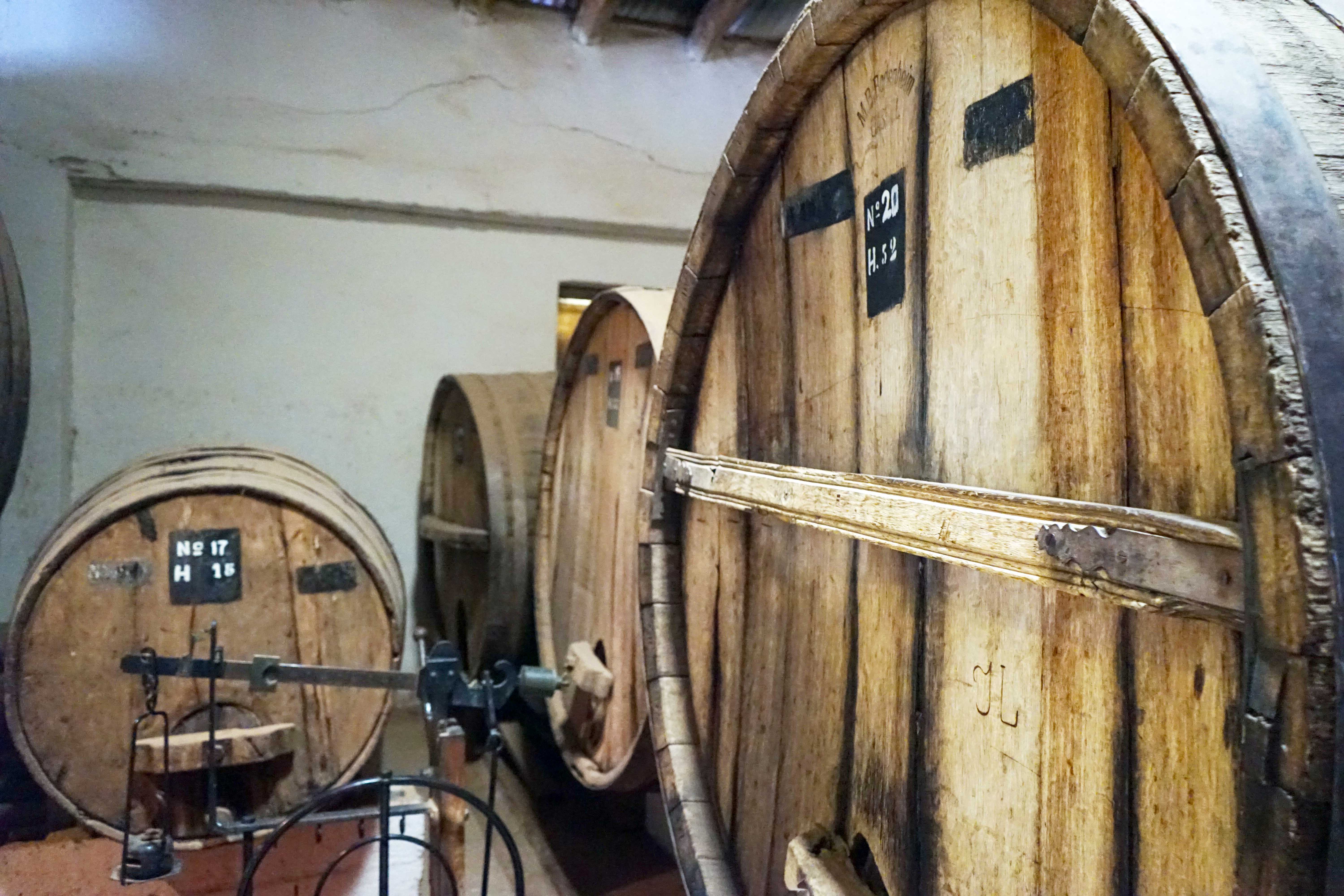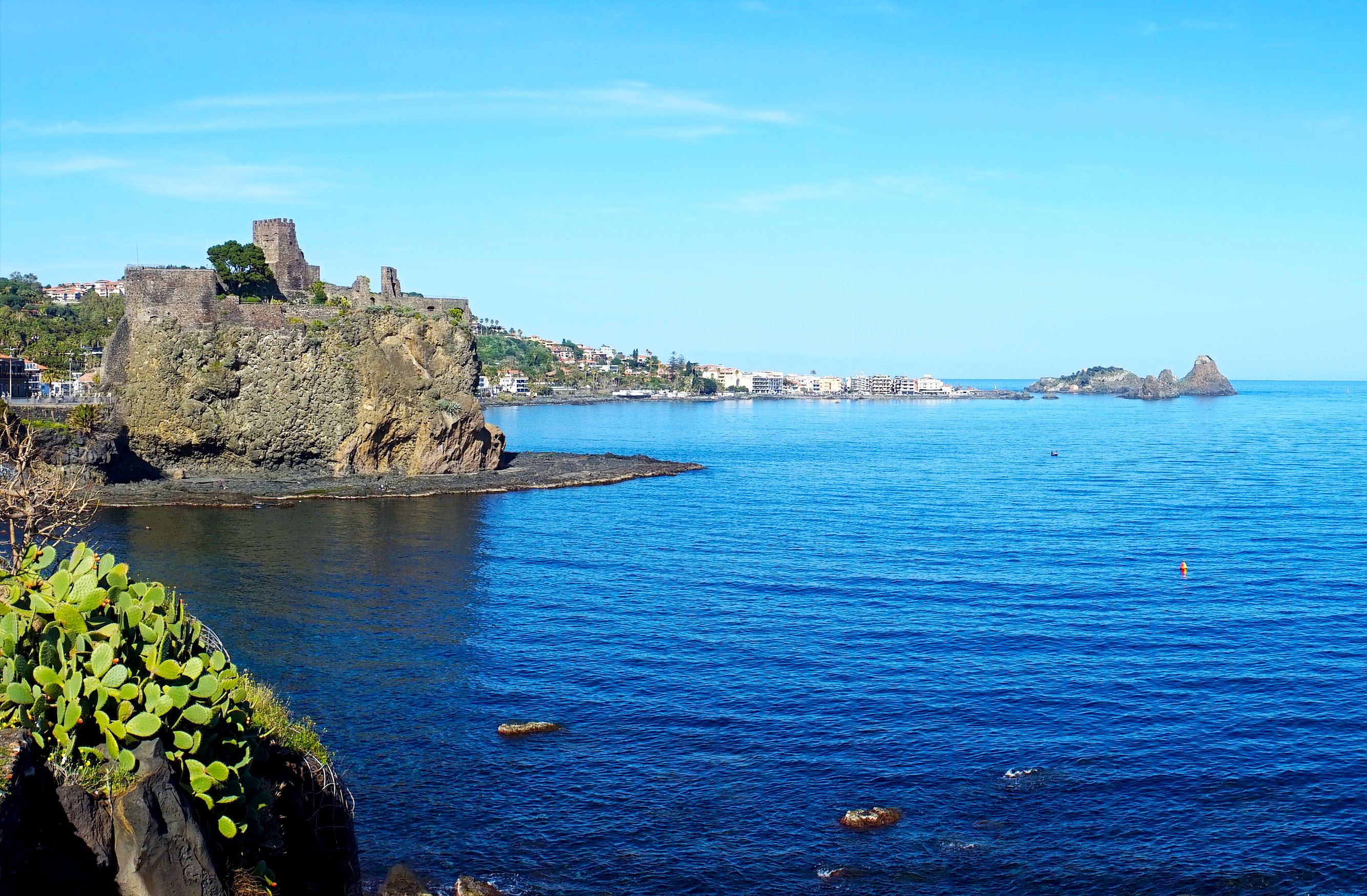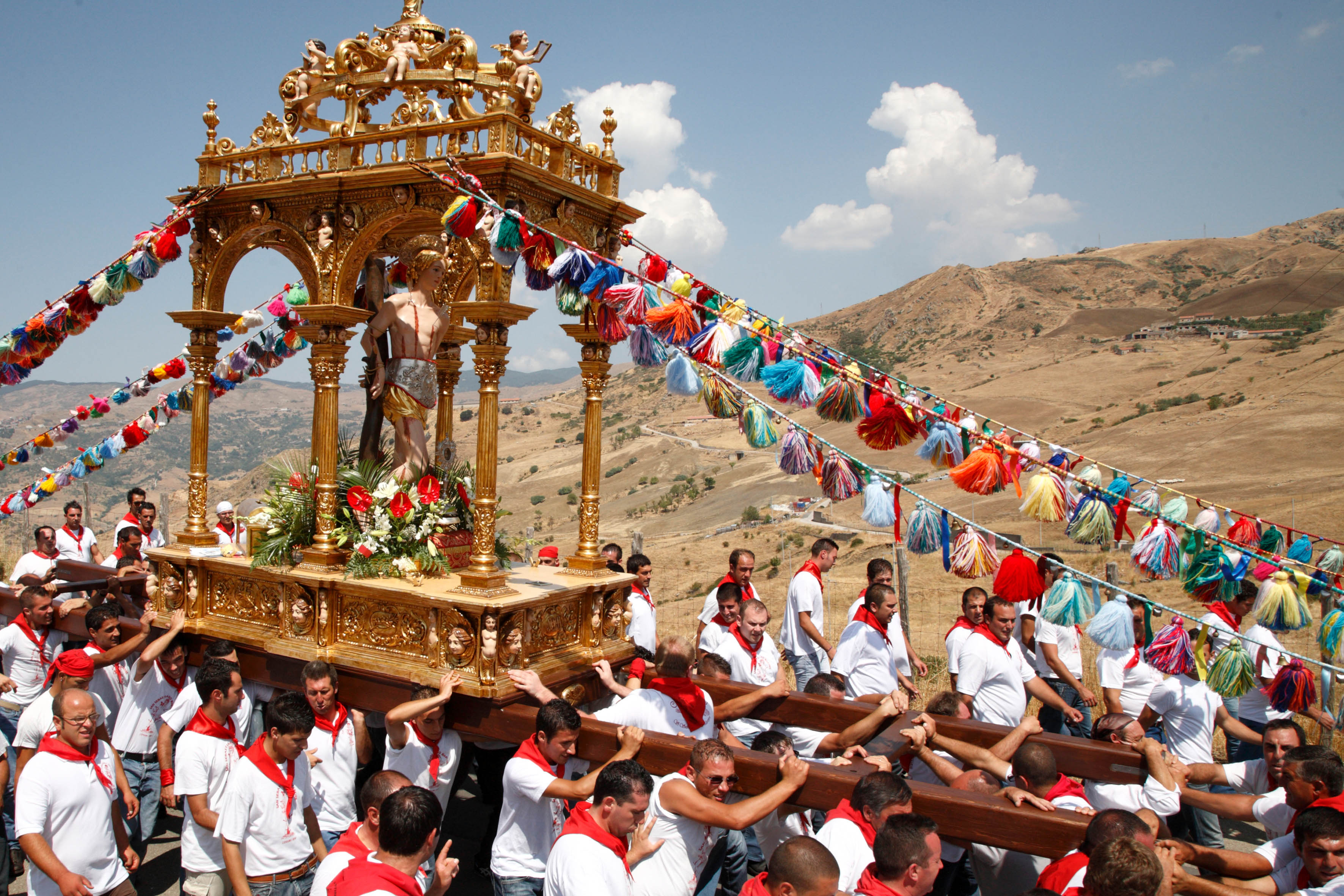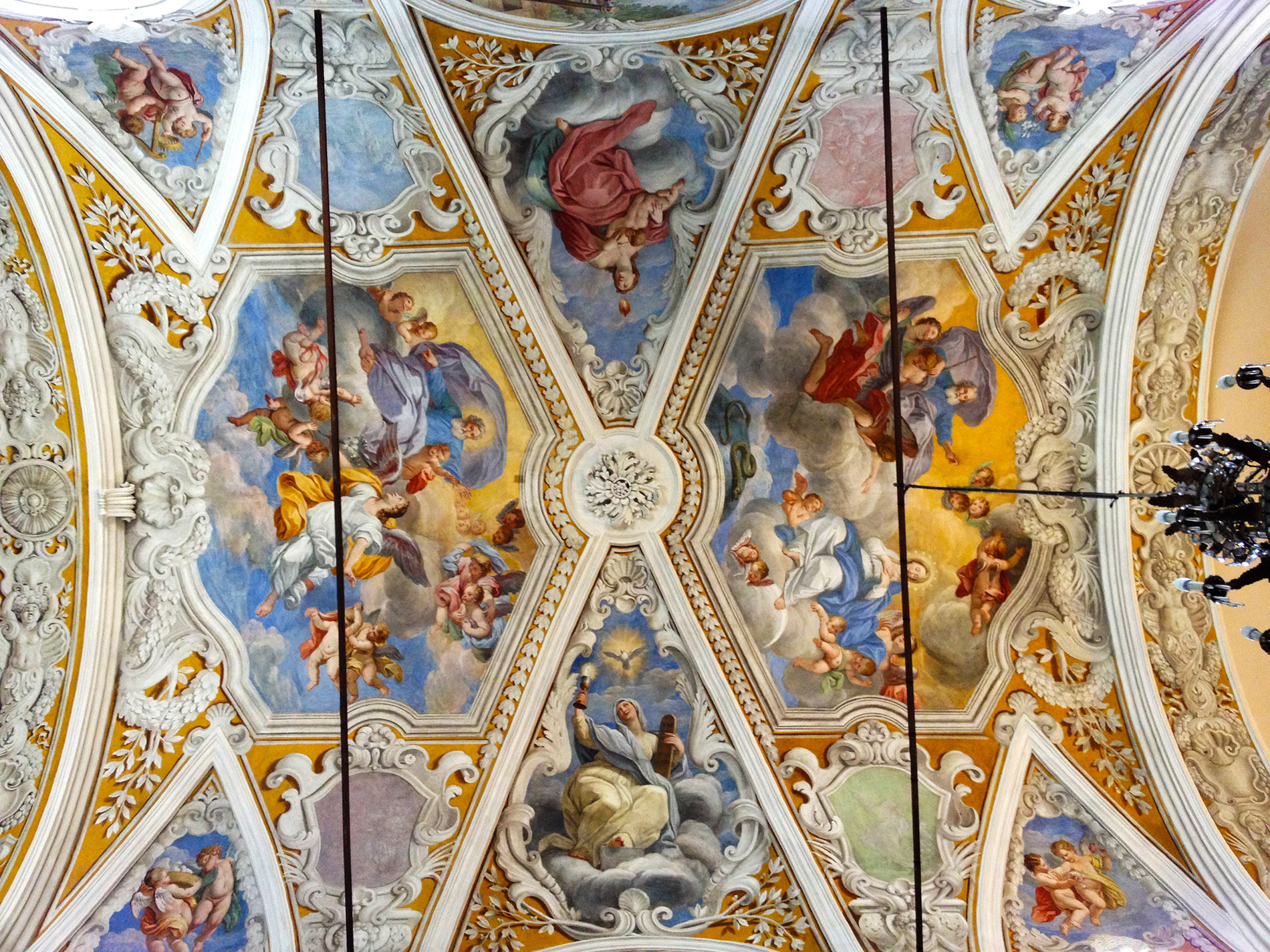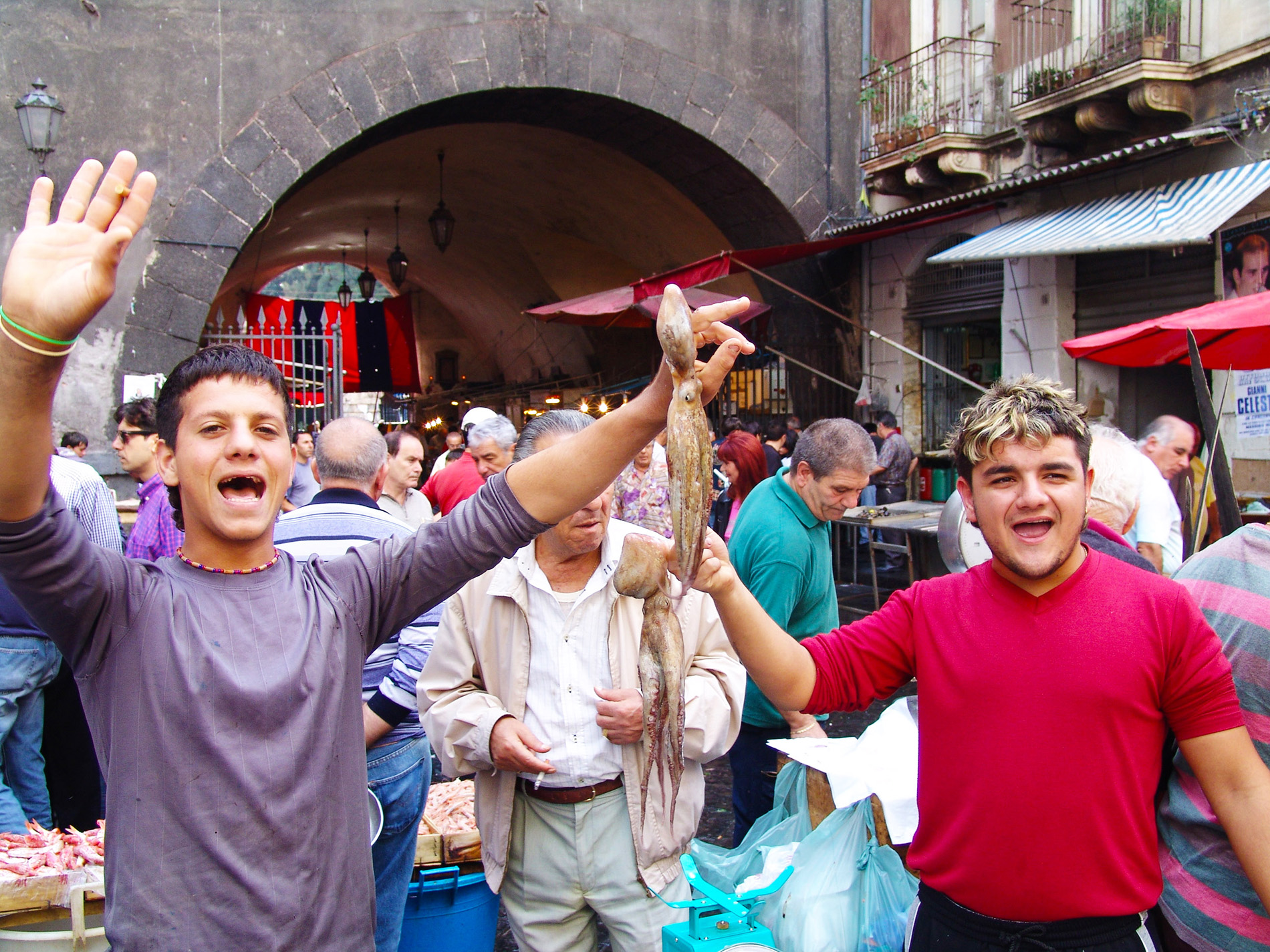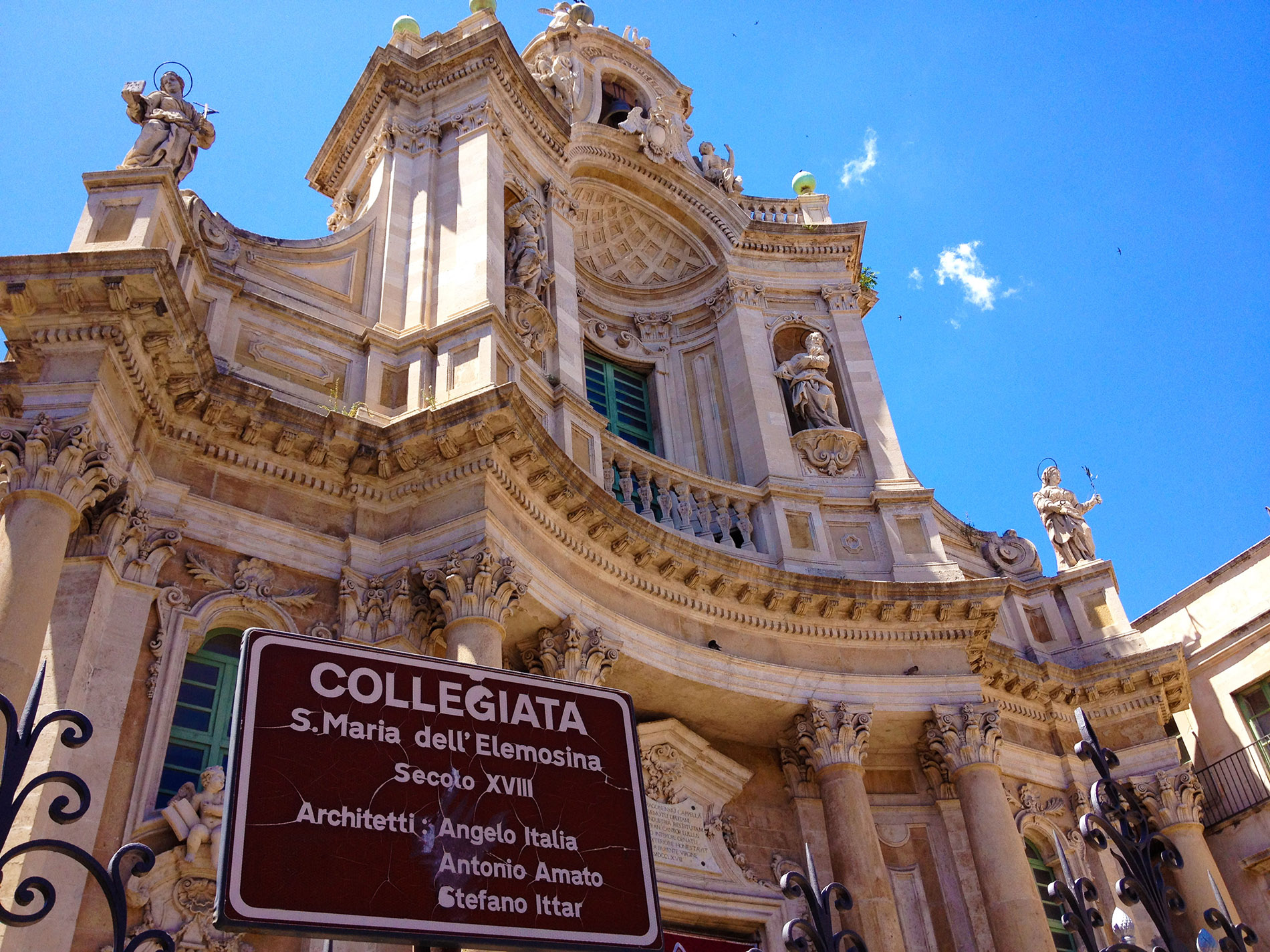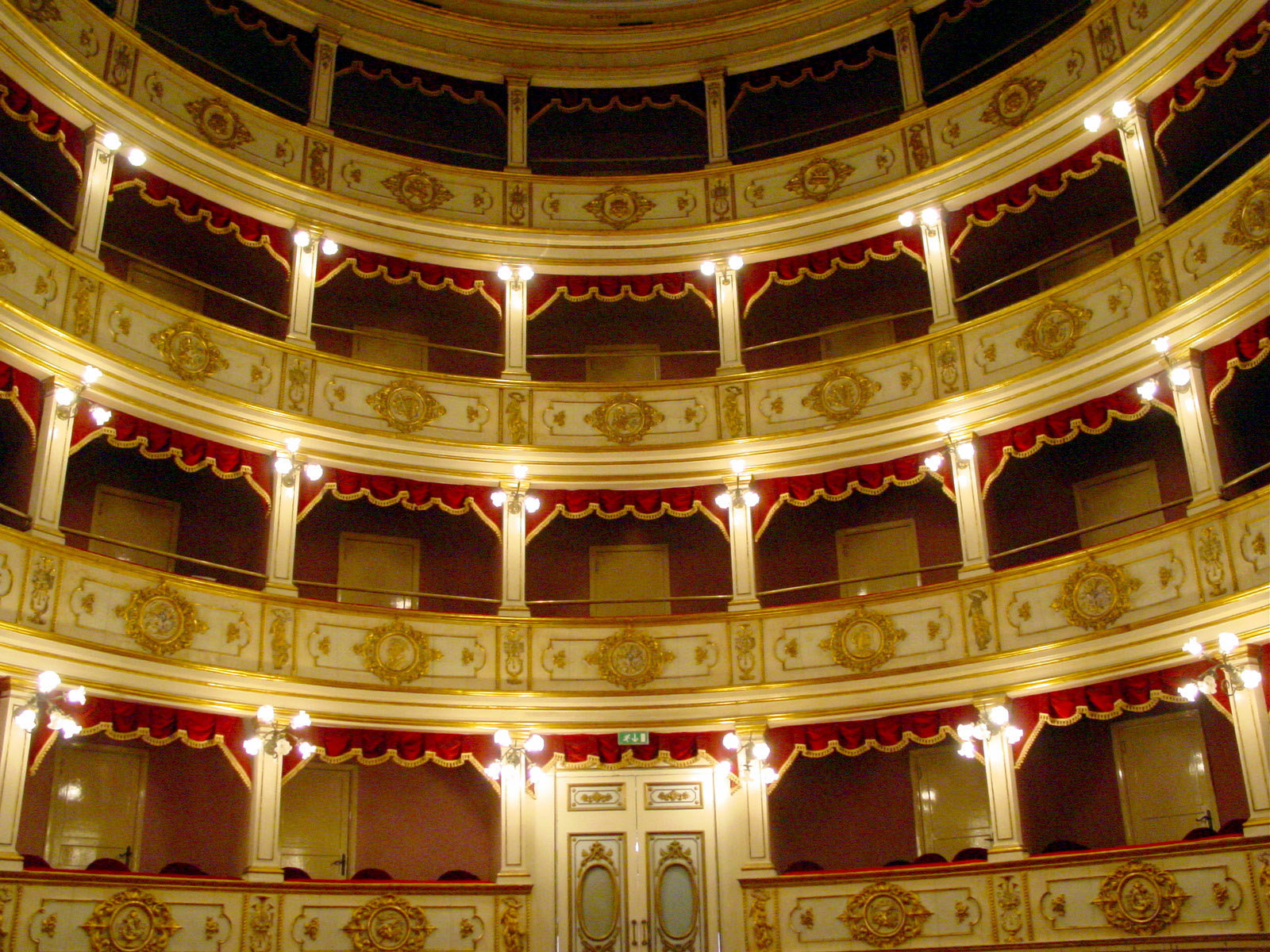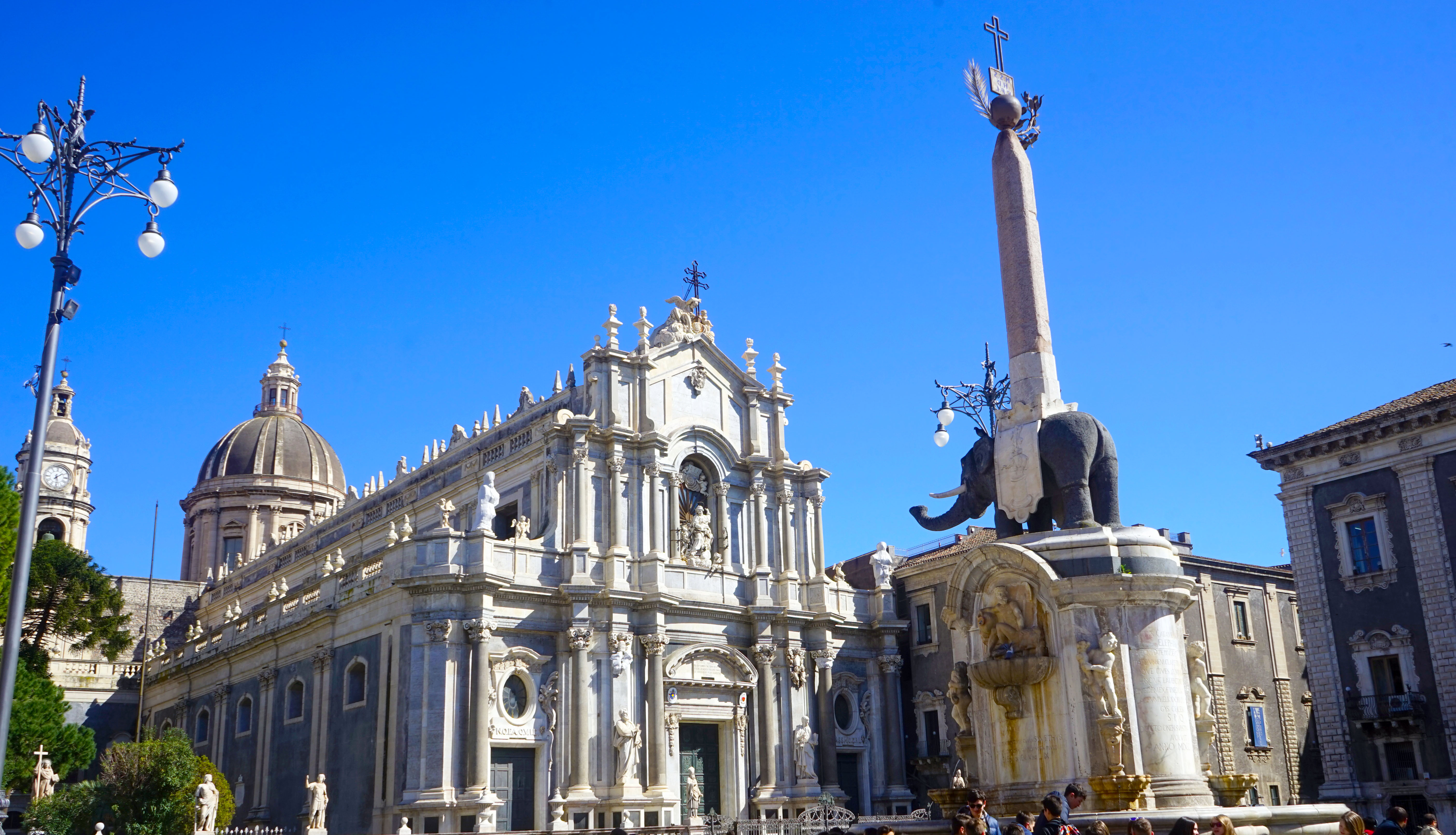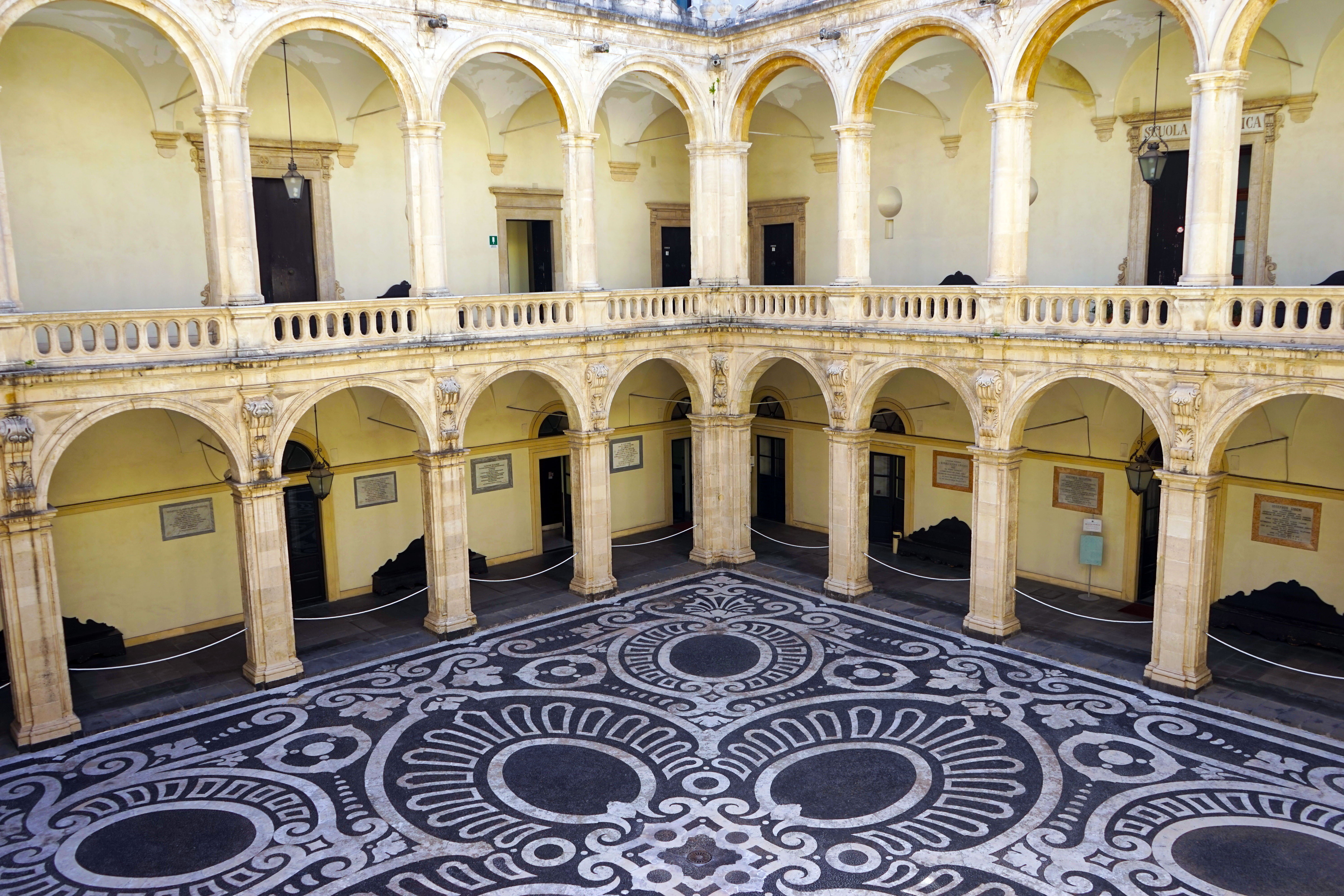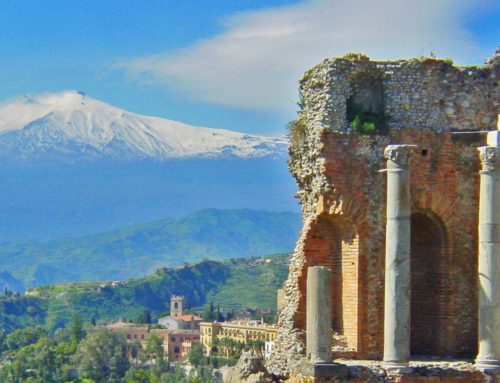Project Description
Food and wine Tour – Catania Area
Weekly
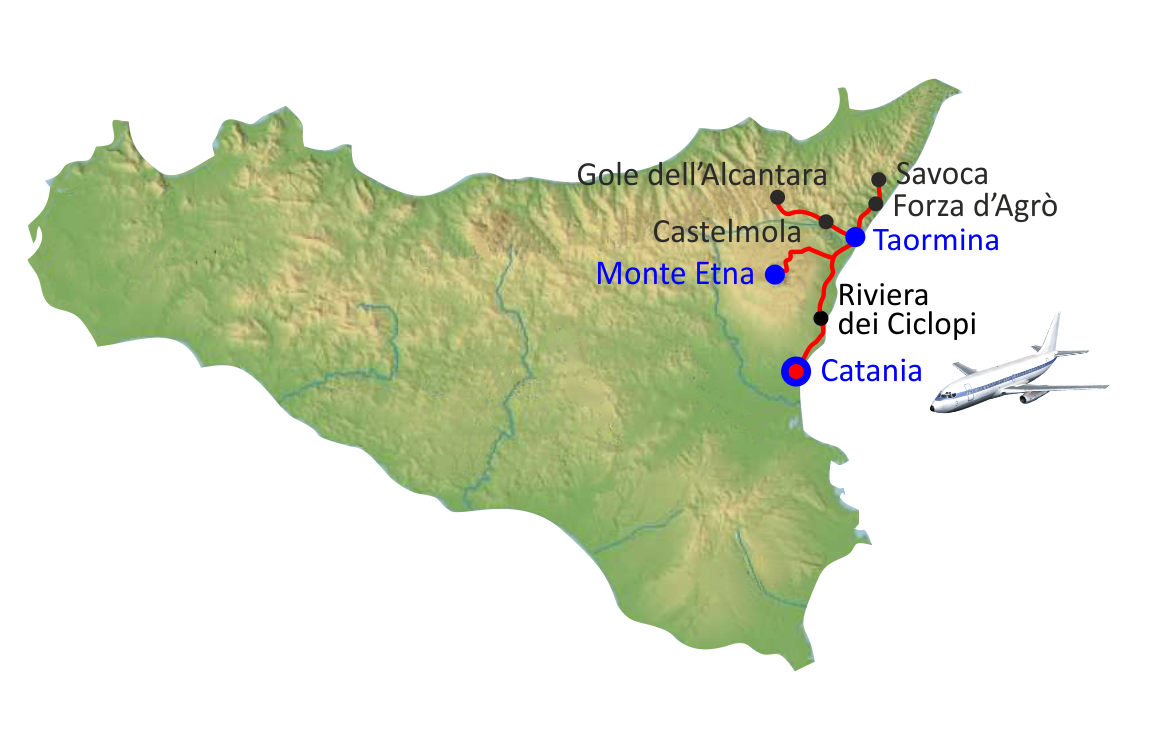
DAY ONE
- Arrival in Catania
- Drive to Taormina
- Short orientation driving tour along the bay of Giardini Naxos
- Free time for lunch on your own
- Hotel check in and afternoon at leisure to relax
- Dinner in downtown on your own
Overnight in Taormina – Boutique hotel
DAY TWO
- Guided walking tour of Taormina including the ancient Greek Roman theatre, public gardens, main street and square.
- Brief visit of the puppet collection in Palazzo Corvaja
- Lunch on your own in downtown
- Drive up to the hilltop town of Castelmola following a stunning scenic drive
- Time at leisure to taste a local almond wine with cookies as you watch the sun setting from the historical and extravagant Bar Turrisi while you look at Mt Etna
- Dinner in Taormina on your own
Overnight in Taormina – Boutique hotel
DAY THREE
- Visit of the villages of Savoca and Forza D’Agrò, set of the movie “The Godfather”
- Sicilian granita sample tasting at the bar where Apollonia met Michael Corleone in Savoca
- Capuchin catacombs of Savoca to learn about the mummified bodies and our Sicilian dead festivities
- Continue to Forza D’Agrò and explore another charming medieval town off the beaten tracks
- Lunch on your own in Taormina
- Boat ride along the marine caves of the bay of Taormina and opportunity to swim
- Balance of the afternoon to spend at the beach or in Taormina downtown for shopping
- Dinner on your own
Overnight in Taormina – Boutique hotel
DAY FOUR
- Mt Etna excursion along the less travelled roads of the northern side.
- Visit the medieval town of Randazzo and drive up to the highest point at 2000 metres
- Scenic drive across centenary pine tree forest before reaching the lava fields of 2004
- Ride along the black lava on a Sicilian donkey ride
- Wine tasting in an elegant local winery on the slopes of Mt Etna
- Lunch followed by cannoli making demo
- Hotel check in on Mt Etna area
- Gourmet dinner at your special selected hotel
Overnight Mt Etna slopes – Boutique countryside hotel
DAY FIVE
- Hotel check out and drive towards the Sicilian black Grand Canyon or Alcantara gorges
- Home family hosted lunch by a medieval Saracen stone bridge over the gorges
- Drive along the Cyclops coast and visit of the small historical fishing villages of Acitrezza and Acicastello
- Short panoramic and orientation driving tour in Catania
- Hotel check in
- Balance of the afternoon at leisure in Catania
- Evening at the Opera house of Catania to enjoy a music concert or opera
Overnight in Catania – Boutique hotel
- Visit of the world war II Landing museum
- Guided walking tour of Catania: Piazza Duomo and Università, Duomo of Saint Agatha
- Walk through the vibrant fish market of Catania
- Street finger food experience and lunch in the market area
- Visit a local passionate artist puppet maker to learn about Sicilian art and folklore
- Afternoon at leisure or Visit of a noble Palace
- Dinner in a special gourmet restaurant
Overnight in Catania – Boutique hotel
DAY SEVEN
- Departure from Catania airport
Special features your tour includes:
- 7 Local food experience or interactive moments
- 8 Activities to enjoy authentic Sicily life experiences
- 9 Special places to learn more about local history, art and nature
And if our reasons are not enough…
- Excellent pick if you have been already in Sicily and wish to learn more
- If you you are not totally fond to learn only about art and history
- If you wish to learn about way of living, cuisine and any interactive and local culinary experience
- If you want to enjoy unique experiences using local means of transportation
- If you love food in general and love to learn how to cook well and simply
- If you have Sicilian origins and connections
- If you are not fond of packing and unpacking every day and rather go on daytrips from the same hotel
- If you love small boutique hotels and prefer more intimate and a stay taylored to your needs, away from the crowds of large hotels
- If you want to discover every evening a restaurant at your own leisure and choice
- Focus on a small and specific area rather than spreading on the whole island
- Castelmola – Almond wine sample tasting
- Savoca – Granita sample tasting
- Mt Etna – Wine tasting
- Mt Etna – Cannoli making
- Alcantara Gorge – Home hosted lunch
- Catania – Street finger food experience and lunch in the market area
- Catania and Mt Etna – Gourmet dinner
- Castelmola – Sun setting experience in the historical extravagant Bar Turrisi
- Forza D’Agrò and Savoca – Godfather tour
- Savoca – Capuchin catacombs visit
- Taormina – Boat ride along the marine caves of Taormina and swim
- Mt Etna – Donkey ride on the lava fields
- Catania – Walk through the vibrant fish market of Catania
- Catania – Evening at the Opera house of Catania to enjoy a music concert or opera
- Catania – Meet a local passionate artist puppet maker to learn about old Sicilian art and folkloric traditions
- Taormina –Guided Walking tour of Taormina including the ancient Greek Roman theatre, public gardens, main street and square
- Castelmola – Town visit and panoramic scenic drive
- Randazzo – Visit of the medieval village
- Mt Etna – Scenic drive along the northern slopes and lava flow of 2004
- Mt Etna – Alcantara lava stone gorge and river
- Cyclops coast – Scenic drive and visit of the fishing villages of Acicastello and Acitrezza
- Catania – Visit of the world war II Landing museum
- Catania – Guided walking tour of Catania: Piazza Duomo, Piazza Università, Duomo
- Catania – Visit of a Noble palace
Taormina is one of the top and most beautiful destinations in Sicily.
The town has a rich history, prestigious writers, artists and important personalities have travelled or stayed here.
Among them: Goethe, D.H. Lawrence, Guy de Maupassant, Oscaf Wilde, Brahms, Liz Taylor and more recently many movie stars due to the Film Festival which takes place every year in town.
Stunning cityscape, public gardens, theatre, aristocratic buildings, piazzas and side streets, beaches and seascapes attract you and offer uncountable itineraries if you just choose to stay in town or visit the surroundings for a day trip.
The town is divided in two parts: the upper part good for visits anytime of the year on the slopes of a mountain and the beach side, great for the good season time.
A stroll along the main street “Corso Umberto” is a must for shopping lovers, while food and wine conosserurs will be captivated by the many gourmet or family style restaurants. Luxury hotels, among the best in Sicily, the vicinity of Mt Etna and the good connection with Catania and Siracusa, makes Taormina one of the most convenient places to stay if you want to explore the eastern side in Sicily.
The town dates back to the Greek time thanks to a group of refugees from the nearby Greek colony of Naxos which build the base of the world famous Greek-Roman theatre today. Several cultural experiences through its invaders, later on, will make the place a beautiful blend of monuments, buildings, palaces and churches which today are quite evident anywhere in town.
The nice weather all the year round, the great views and stunning landscape and the fame spread by the prestigious many visitors make Taormina one of the most popular destination for wealthy people starting from the mid fifties until today.
The main square and the many little medieval backdrops are framed between the shape of Mt Etna and the blue water of the Ionian sea.
The Greek theatre is one of the iconic attractions in town as well as Palazzo Corvaja, Piazza IX Aprile, the Duomo and the public gardens. Isolabella bay and the other beaches of Mazzarò and Mazzeo down below along the coast. These places are a must if you like swimming or just enjoy heavenly views.
Etna is the highest active volcano in Europe. Its elevation is roughly 3350 meters and it actually changes often due to any new baby volcano arising on top. The wide variety of the many known phenomena connected to volcanism makes it a living laboratory and a sort of school for geologists and volcanologists coming from worldwide. The volcano is also one of the seven world heritage sites of Sicily, the first natural park and protected area created in Sicily since 1987 and the largest since it covers almost one twentieth of the total extension of the island.
The Etna National Park is divided in two main areas. The lower part charachterized by human activities, villages, fields and vineyards while the upper part has flora and fauna which do not compete with any human beeing activity.
Chestnut trees, larches, firs, Oaks, poplars, beaches and endemic shrubs that grow on the bare lava rock are the most notable elements of local flora, while the fauna has foxes, wild boars, snakes, hedgehogs and sky hawks, owls and nocturnal animals and even the golden sea eagle.
Botanists say that about 70% of the species in the Mediterranean live on the slopes of Mt Etna thanks to the latitude of the volcano and to the different climatic areas, about seven, ranging from subarctic to subtropical, from summer to winter, from the bottom to the top.
Perhaps the real surprising value of ascending the slopes of this volcano is the drive up and down along its sides: South coming from Catania, eastward from the Ionian riviera and North side of the medieval city of Randazzo along Linguaglossa.
When you cross the many typical villages of Etna you share the simple life of peasants on street corners still selling products which are cultivated here all year round that also characterize different types of Mediterranean flora: olive trees, figs, fruit trees (apples, peaches, pears), prickly pears, oranges and lemons. The grapes here produced in its best variety is called Nerello Mascalese small, rich and juicy.
Any product cultivated here is enriched by the nutritious of the volcanic sand, highly productive natural fertilizers that make this land very fertile and really blessed. The proximity of the sea and salt moisture brought by the salt water, the typical volcanic soils, exposure of the vineyards combined all together make one of the best red wines of Etna in Sicily and give high credit to quality constantly increasing from year to year in Italy.
Although the territory was characterized in the past by several volcanic eruptions as witnessed by about 135 historical eruptions, the inhabitants always get benefits from a volcano they consider good natured and often associated with the most reassuring female figure of a mother, reason why local people give it the nickname of Mama Etna today.
Most of the eruptions that occur often flow into a large natural Valley called valle del bove (for its arched shape resembling the horns of a cow) which does not concern the local population.
The history and economy of Catania have always been connected in a close inseparable relationship with Mama Etna or Muntagna or even Idda (simply She…) to describe the female character of the volcano which makes fertile flat lands and provides extensive neighboring abundant stone to rebuild the places covered by lava flows.
The volcano is one of the few in the world that allows you to ski in the morning and possibly an afternoon at sea in spring or early fall . The Summit of the volcano has two different sides exploited by touristic activities: south and north. The southern side offers views of Catania and his plain, but also the possibility of travel by funicular railway and continue by Jeep 4 x 4 wheels up to a maximum height of 2800 meters.
The southern side receives most of the tourists since it offers more facilities with shops and restaurants.
The northern slope is less known by tourists. Here you can combine a visit to the delightful and authentic medieval village of Randazzo and a scenic drive through an old wood of centenary forest of pines which is unique in Europe. Beyond the forest lies the lunar landscape and overwhelming 2004 eruption lava fields where you see huge pines surfacing as broken pencils from the black lava sea that seems to still move around.
The entire circumference of the volcano is crossed halfway up by a narrow railroad track that connects and passes through cultivated fields and all the villages area of a full circle around Etna. In a few hours, departing from Catania, the train ferrovia circumetnea railway completes a tour offering breathtaking views and the exclusive meeting with locals, simple farmers or young students.
Savoca is a lovely medieval village twenty miles away from Taormina.
The village was founded during the Norman time and its churches of St Lucy, Michael and Maria show well evidence of a blend of medieval, renaissance and baroque influences.
The town sits on a mountain, like a saddle on its horse and it is a place which still today shows timeless atmospheres. The most remarkable attraction in the town is certainly the location and the drive along the road to get there.
The Capuchin church and the crypt with the mummified bodies of the notary, the barons and the abbots reveals the rich standard of life of the town in the past as well the incredible knowledge and skills got to preserve the bodies till today.
The town was totally unknown to many until forty years ago when the movie Godfather was set here in the very late sixties; shootings were done anywhere in town and especially by the little bar Vitelli on the main square.
The idea to feel like Apollonia or Michael Corleone sitting here calls many tourists from Taormina, while the vicinity of other small villages makes unique a combined visit following the footsteps of the Godfather.
FORZA D’AGRO’
The town stands along the north eastern coast, a few miles away from Taormina. This site, on top of a mountain facing the sea, makes the place one of the most charming thanks to stunning views, winding road and medieval cobble stone streets.
During the Greek time was inhabited and used as a border town between Messeni and Taormina, under which the town was controlled. Through the centuries its strategic position was controlled by several population and the Normans first, then the Spanish left the most significant examples of castle and churches remaining today.
Its medieval charme today attracts people from anywhere as well as the stories connected to the movie The Godfather which was set here involving its monuments and among them Santissima Trinità church, Sant’Agostino and San Francesco. The Norman castle built higher up the town, on top of the mountains, offers some of the most beautiful views of the area encompassing the coast from Messina to Taormina.
Catania is the second largest and populated city in Sicily after Palermo with about 500,000 inhabitants living in the greater metropolitan area; the area includes part of the villages of the southern slopes of Mount Etna.
The city has always been characterized by a tight connection with Mama Etna or a Muntagna (the mountain) or even Idda (she) to describe the good-natured female character which over the centuries and still today has influenced the history, economy and social moments of the city. Catania is said to be resurrected several times due to catastrophic events such as volcanic eruptions and earthquakes that have from time to time marked death and destruction, but also beautiful rebirth, vitality and initiative that still characterize the lifestyle and somehow the mentality and attitude of its inhabitants.
Such a close vicinity to the volcano has given fertility to the fields due to volcanic ash and minerals, but also abundant stones for the construction of roads, monuments, churches and buildings that are the hallmark of the visit of the city and the surrounding area.
Here the history and arts have shaped the city landscape according to the architectural trends of the historical moment. The Baroque style of the reconstruction after the earthquake of 1693 is the latest and most visible sign today thanks to the original architectural innovations and the distinctive black-and-white colours of the local white limestone and lava anywhere evident on monuments.
Catania today is a city that deserves to be explored on foot around piazza Università, Piazza Duomo and especially along Via Etnea, the main street that cuts through the city from South to North. Behind and at the end the background of Etna, always steaming and looking down at the town with good natured attitude and its round shapes gently sloping down to the Ionian Greek sea.
From here in 729 BC Greek settlers land from faraway territories to found a colony on uneven terrain, hard to cultivate (hence the term Katanè), but which on the other hand ensured a safe harbour, abundance of water and navigable rivers. The first orientation of the Greek city is thus developed from East to West and follows today the second most important street axis of Corso Italia.
This town orientation changes because of the events of the earthquake that destroys and washes away the Roman and medieval city; the new seventeenth century city is now rotated of 90 degrees and runs from south to north. The Corso Italia today shows a few Liberty building, modern, art nouveau buildings and important squares like the Palace of science, but also controversial modern buildings built in the Eighties 1980s which occupy the gaps left for decades by the bombing in World War II.
During the Roman time Catania is a prosperous and wealthy town. Theaters, Thermae, amphitheatres, aqueducts, circus, gymnasium and a forum made Catania one of the most important in the Roman Mediterranean world. Fragments of these glorious vestiges are still visible in the old town, partly covered by the 17th-century city rebuilt on the lava stone of a catastrophic eruption in 1669 that lasted almost two years and entirely covered the Roman and medieval Catania.
The Byzantine and Arabic period did not leave strong heritage as the the Norman period did. The Normans reinforced the Christianity but also provided the town with the construction of important churches, including the Cathedral dedicated to Saint Agatha, patron saint of the city, a young girl who lived and was martyred during the Roman times. Today on the fifth of February they celebrate one of the most remarkable religious and folkloric festivities in the world for the number of people taking part in the celebrations.
Other natural disasters and the arrival of new rulers marked the history of the city. In 1669 a massive volcanic eruption changes the coastline, where castles, walls and fortifications to defend the sea are built by the Swabians, Angevins, Aragonese and Spanish. Charles the fifth fortifies the city with massive walls, often recycling the stones of ancient Roman monuments or incorporating them into the pre existing structures.
The time period that goes from the Normans until Sixteen hundred is marked by political and social conflicts among the new rulers and often among the local noble families; they are in eternal conflict to take over the power which will never turn back benefits on the town development.
Among the prominent personalities, Frederick II leaves the town the Ursino Castle in 1232. Today it is an iconic landamark in town, example of extraordinary military architecture, once located on the shore, today lying in the historic center, surrounded by buildings built on the lava stones of the eruption of 1669.
The earthquake of 1693 produces material devastation and thousands of victims; the day after they are called for the reconstruction the best architects, master artisans, sculptors and stonemasons available in the market to make the city even more beautiful than before. The high life tenor of noble families means consistent economic resources available for the religious corporations well used by the Duke of Camastra in charge of the master plan of the city.
The plan sets up wide streets and squares designed with modern seismic criteria to create gathering places and easy escape routes for the population. The creation of wide streets and squares also has remarkable social aspects; the best buildings, monuments, churches and squares represent the power and authority of the nobles. In those days the economic, social, political and religious power are always closely related.
Vaccarini, Battaglia, Ittar and Palazzotto are the architects in charge of creating the new town which now shines in its splendid Baroque architecture with large concave and convex shapes that blend in the facades of churches, large balconies, sculptural decoration of mythological figures or putti (young innocent children) on the palaces of Via Garibaldi, Corso Vittorio Emanuele and via Etnea.
These streets today are full of life and show the open and often ironic attitude of the people from Catania who love eating out in the many restaurants and like to spend time in the fish market. The market is next to the meat, cheese and fruit market place and it is one of the most authentic places to discover the essence of the city; The curious travelers have an opportunity for a truly unique experience with locals, getting lost among the smells that chase one to each other and blend fast in a very limited space while the voices of those who want to sell and boast its products sound loudly in background, fruit of an old legacy of Catania and Arabic Sicily.
The villages of Acicastello and Acitrezza are located on the volcanic coast north of Catania.
The iconic faraglioni rocks (sea tacks) follow stories told by Homer that believe the rocks were thrown against Ulysses when he met the giant Polyfemus during his way home back to Ithaca.
That’s why the area is called also “The Cyclopes coast”. Cycloped were ugly giant that forged the iron on the slopes of mount Etna and they had one eye only on the forehead.
The faraglioni rocks are actually the evidence of the very first formation of Mt Etna arising from the bottom of the sea half a million of years ago.
Today these black rocks and the blue water make the fishing village a perfect spot for moments of relaxation away from the crowd and noise of Catania.
Along the same coast another town called Acicastello closes the volcanic riviera with its imposing castle dating back to the Norman time. It sits on top of a massive piece of lava stone arising from the sea which has very interesting and rare lava pillow formations on the bottom.
The castle is very well kept and – as a rarity – it is even possible to visit inside and enjoy magnificient views of the whole area.
The origin of the town dates back to the Greek time when it was believed to the be the acropolis of Taormina. Thanks to its loction on a peak above Taormina we get also its unusal name Mola, which in Italian means molar tooth, while the Norman Castle, today ruined, explains the full name Castelmola.
Its great position gave the town a strong military vocation since it has been used as a stronghold to defend the local people from the enemies.
The road which gets there follows the only and old pathway which behind its bend shows beautiful vistas of Taormina or Mt Etna; sometimes you get the feeling to look face to face as you were on the same level.
From Piazza Sant’antonio, finely decorated with black and white river cobble stone patterns, you can enjoy fantastic views of Taormina from above or just venture yourself along a marked pathway which leads you on foot to Taormina. Winston Churchill used to cover the distance every year, when on holiday here, on a donkey ride.
Beside the great views, Castelmola preserve a great charme if you walk around its streets. Not so many people are normally aware of it, overwhelmed and magnetized by Taormina. For this reason it is really worthy to get lost and maybe taste the local almond wine which is really delicious.
- Private Sedan car or Mercedes Viano up to seven seats
- Private driver speaking your language
- Fuel, motorway toll and parking fee
- Half day service with private driver and car UP TO 4 HOURS
- Full day service with private car and driver UP TO 8 HOURS
- Water bottle onboard
- Visits, stops and panoramic driving tours described on the itinerary
NOT INCLUDED:
- Archeological sites, monuments and churches entrance fees
- Local products and wine tasting or culinary experiences unless included
- Driver and local guides gratuities (we suggest 10% if services meets or exceeds your expectations)
- Local Sicilian regional licensed guide
- Meals, wine tasting or culinary experiences if not already included in the itinerary
- Yachts, helicopter or private plane rental linked to our ground transportation service
or send us a message requesting information, our team will respond as soon as possible.

